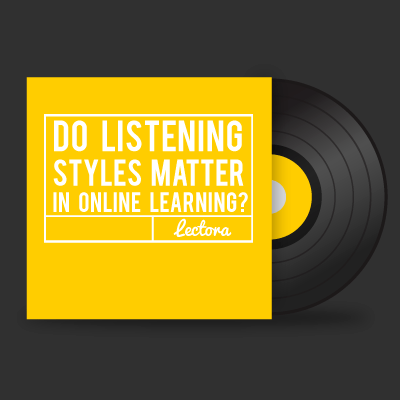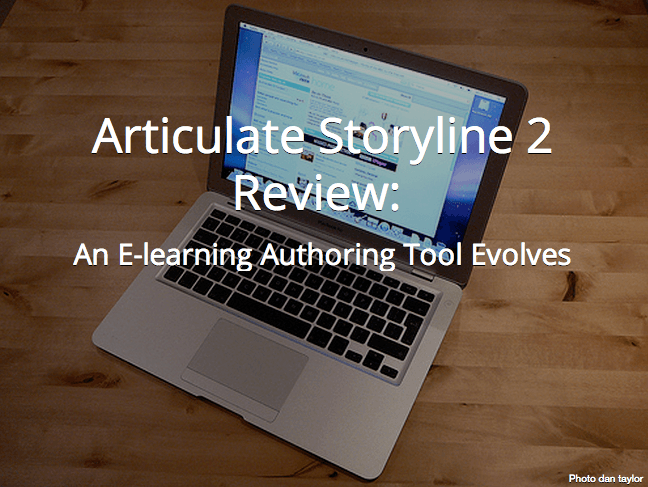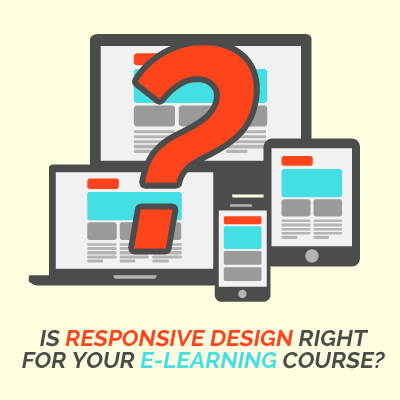October 6, 2014
How To Integrate Serious Games In Your eLearning Course
In this article, I'll walk you through some tips and tricks for how you can integrate eLearning games into literally any eLearning deliverable, whether this is an online corporate training for a Fortune 500 client, or a K-12 eLearning course.
by Christopher Pappas











